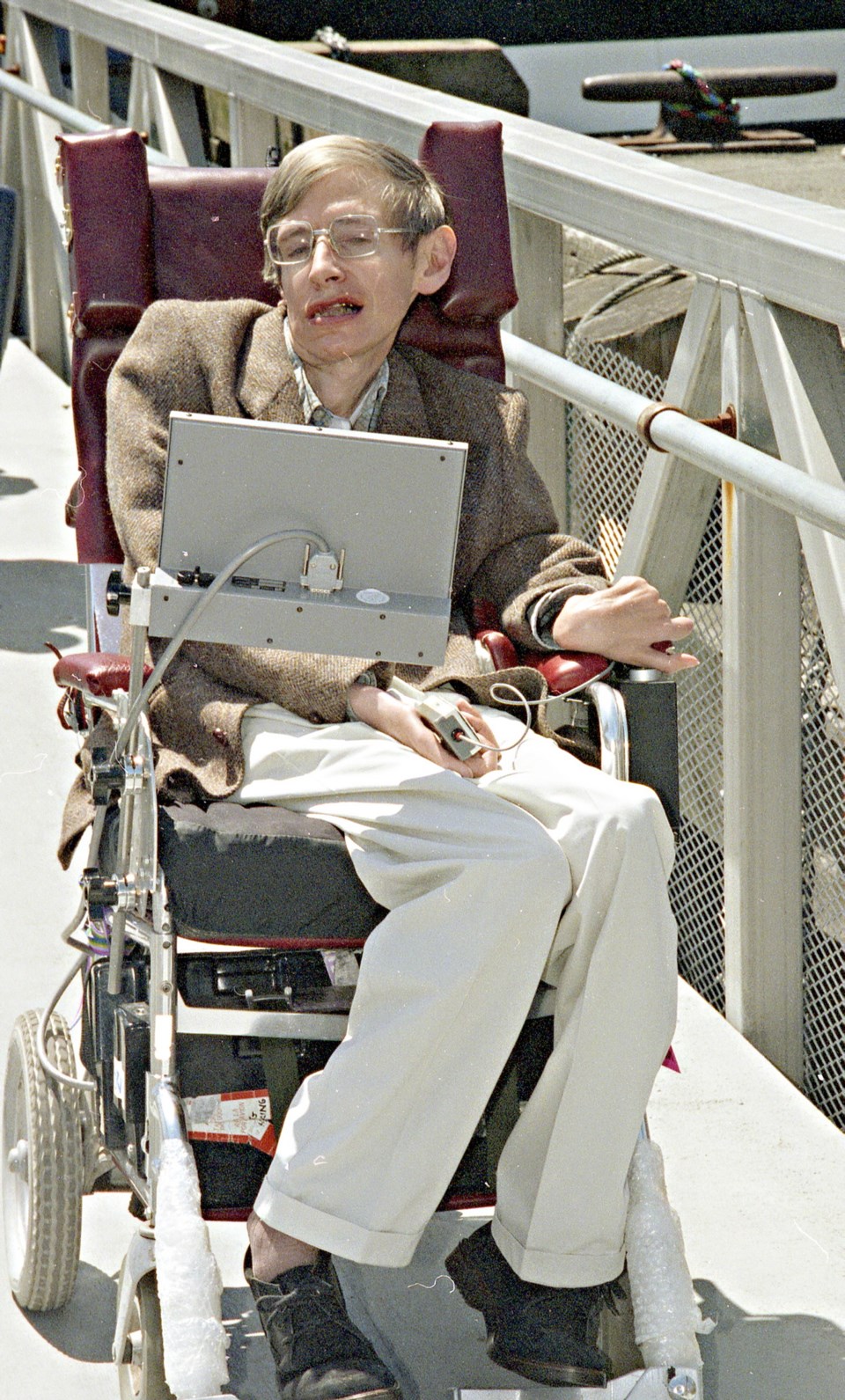Stephen Hawking’s death Wednesday coincided with Pi Day and Albert Einstein’s birthday. A demonstration of the relativity of all things perhaps?
Factor in the fact that Hawking was born 300 years to the day after the death of Italian polymath Galileo Galilei.
“He certainly had a way of picking his moments,” said Adam Ritz, chairman of the department of physics and astronomy at the University of Victoria.
“He was really good at having some impact.”
Hawking, often described as the greatest theoretical physicist since Einstein, died early Wednesday at his home in Cambridge, England.
The day was also the 30th celebration of Pi Day, which denotes the mathematical constant pi, the ratio of a circle’s circumference to its diameter. It is approximately equal to 3.14.
The first Pi Day was celebrated at the Exploratium, a science museum in San Francisco. The date, March 14 (3/14), was a natural.
Einstein — born in Germany on March 14, 1879 — developed the theory of relativity, one of the pillars of theoretical physics.
Hawking was an astrophysicist who lived most of his life with ALS, a motor neuron disease. He was first diagnosed at 21 and in his last years was completely paralyzed, speaking with a digital voice synthesizer.
Hawking’s 1988 book, A Brief History of Time, From the Big Bang to Black Holes, became a bestseller and marked him not just as a scientist but as someone who could communicate and excite the public about astrophysics.
Ritz said he worked as a junior researcher at Cambridge from 1989 to 1993 in the building occupied by Hawking, although they never connected.
But once, while Ritz was organizing a research seminar, the sort of event normally attended by fewer than 20 people, Hawking let it be known that he wished to speak. Despite the lack of advertising, word seeped out and about 300 people appeared. Researchers who were supposed to attend the seminar couldn’t find seats.
“People just appeared from everywhere,” Ritz said. “Just a sign of the celebrity at work, I guess.”
Ritz said he never heard anyone express resentment toward Hawking’s celebrity, which was largely a product of his ability as a science communicator.
Ritz said it can be difficult to quantify the importance of Hawking’s work.
Using mathematics and working in collaboration, Hawking developed theoretical frameworks lining up quantum mechanics, a theory describing the world of very small subatomic particles, with the theory of relativity and the laws of gravity that apply to large objects such as planets.
“It’s all pretty esoteric stuff,” Ritz said. “It’s not the sort of things that our own intuition can help us with an awful lot.”
Hawking’s work, combining general relativity with quantum mechanics, led to his theory that black holes emit energy, now often called “Hawking radiation.”
It was a revelation for theoretical physicists, since the gravity around black holes was always assumed to be so great that it sucked in all energy in their vicinity, including light.
“His work around the physics of black holes has been very compelling and a source of interesting questions for people to think about ever since,” Ritz said.



